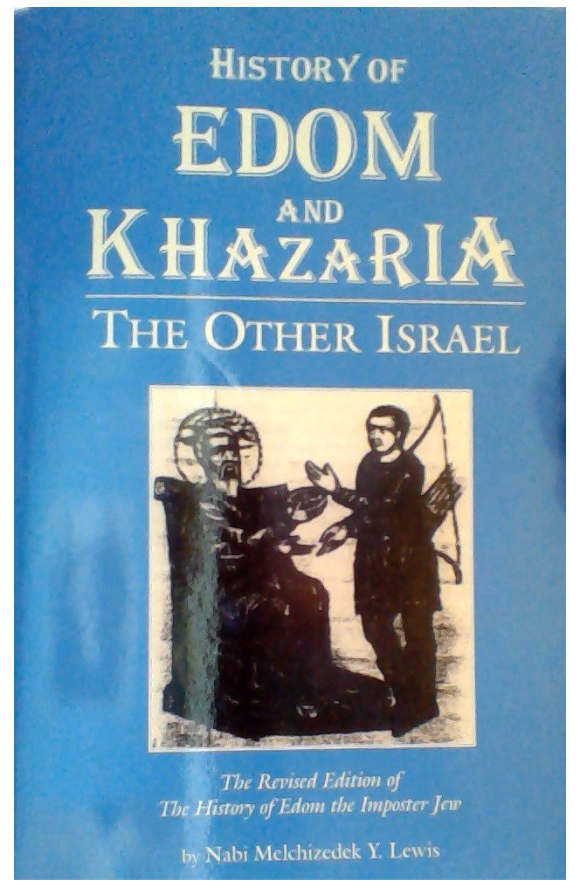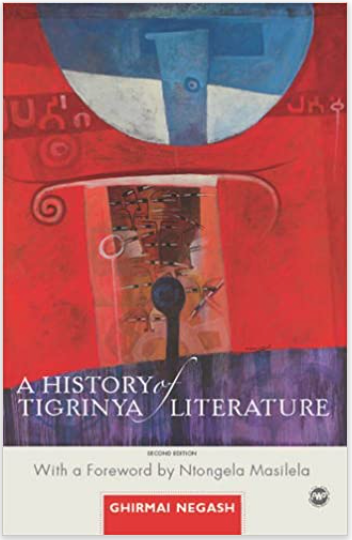Pre-twentieth century Ethiopian towns often came about from the integrative role that was played by the politico-military elite. Hence, this study, in addition to attempting to show the effects of political power and economy in attracting various ethnic and religious groups to the center, and the tension among them, also tries to display the rivalry between traditional institutions such as the atibia-dagna (parish judge) and modern institutions like the municipality. Moreover, the history of Gondar also indicates the evolutions of urban institutions such as kentiba (mayor) and bajirond (treasurer), which are related with the development of the city. They are part of the legacies of Gondar and its contributions for urban development in Ethiopia.
During the period of Italian occupation, 1955-1940, Gondar was the capital of the Amhara Governorate General, which gave the city a touch of "modernity." Almost all modern infrastructures that the city has today, roads, modern buildings, tab water systems, schools and hospitals were built at that time. It was only recently and in the 1990s that new buildings have been built in the city since the Italian departure.
This book is about the saga of Gondar: while its castles, churches, and the piazza are testimonies of its glorious past, the ruined palaces, the aging and crumbling Italian buildings, the many potholes on both asphalted and gravel roads reflect decay and decadence that envelops the city.
Product details
- Publisher : Africa World Press (January 1, 2004)
- Language : English
- Paperback : 300 pages
- ISBN-10 : 1569021953
- ISBN-13 : 978-1569021958
- Item Weight : 1.1 pounds
- Dimensions : 6 x 0.75 x 8.5 inches













